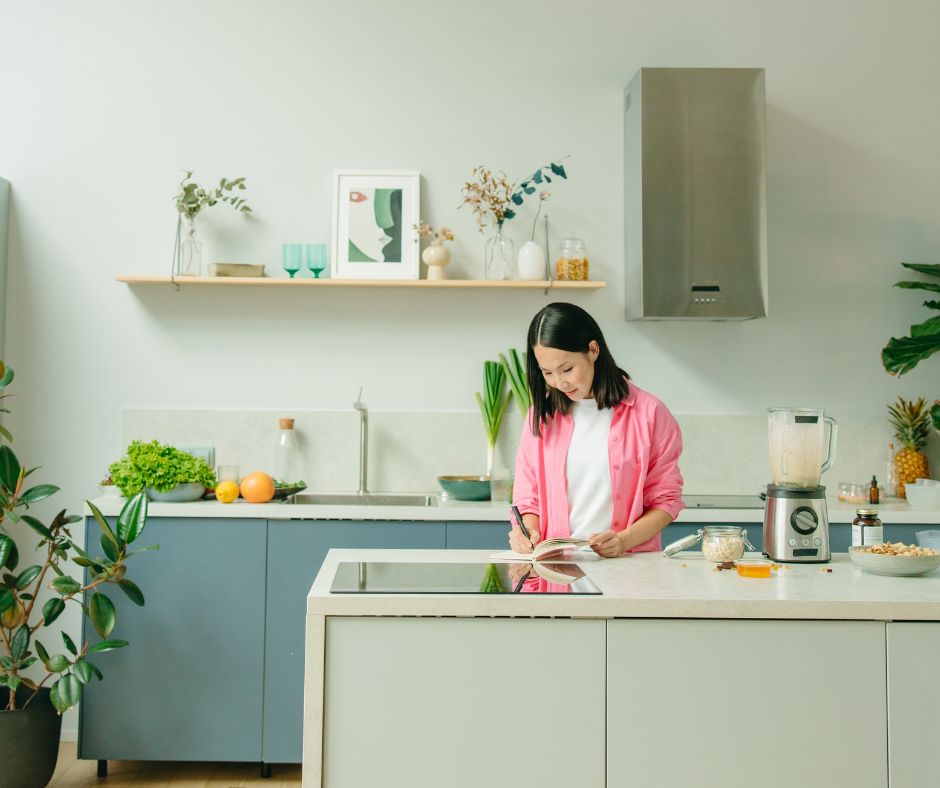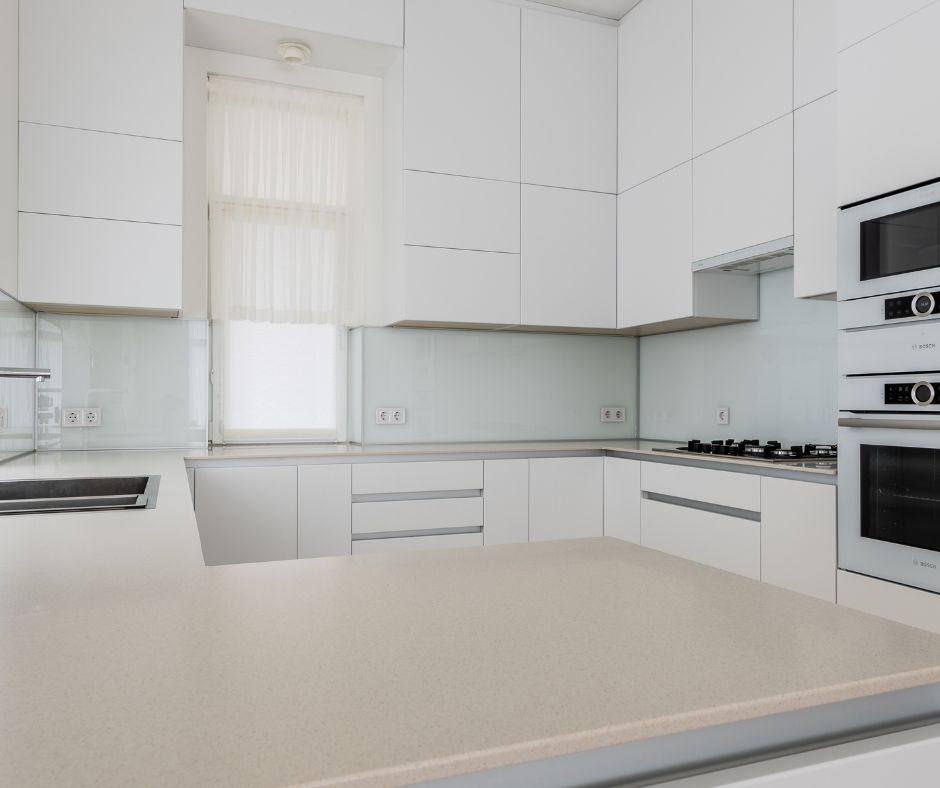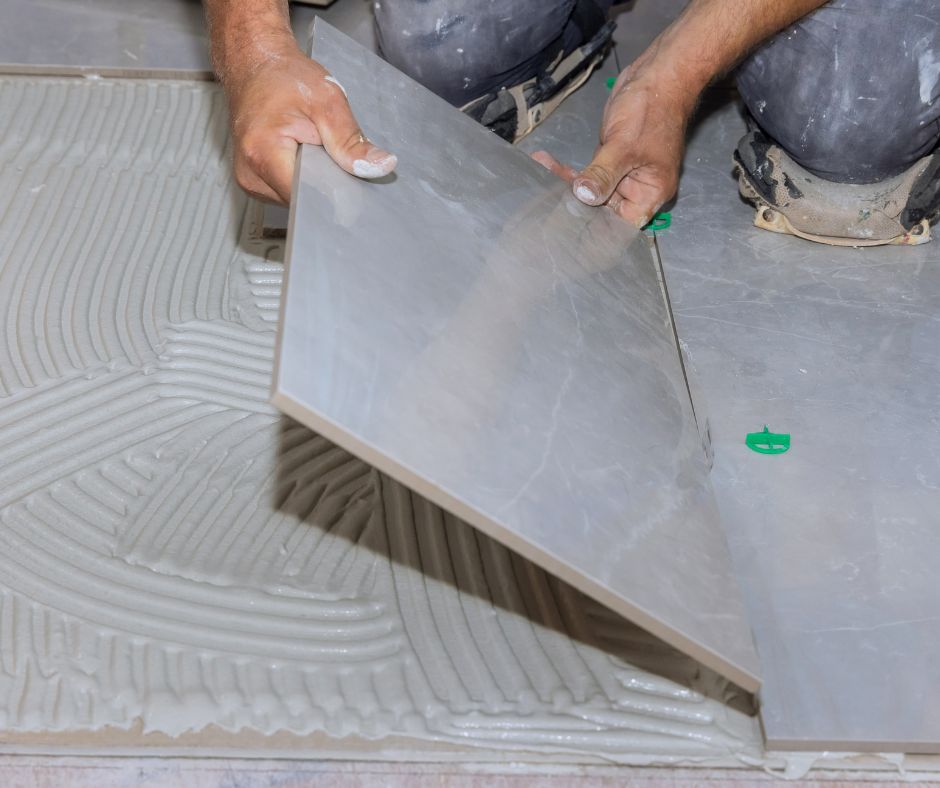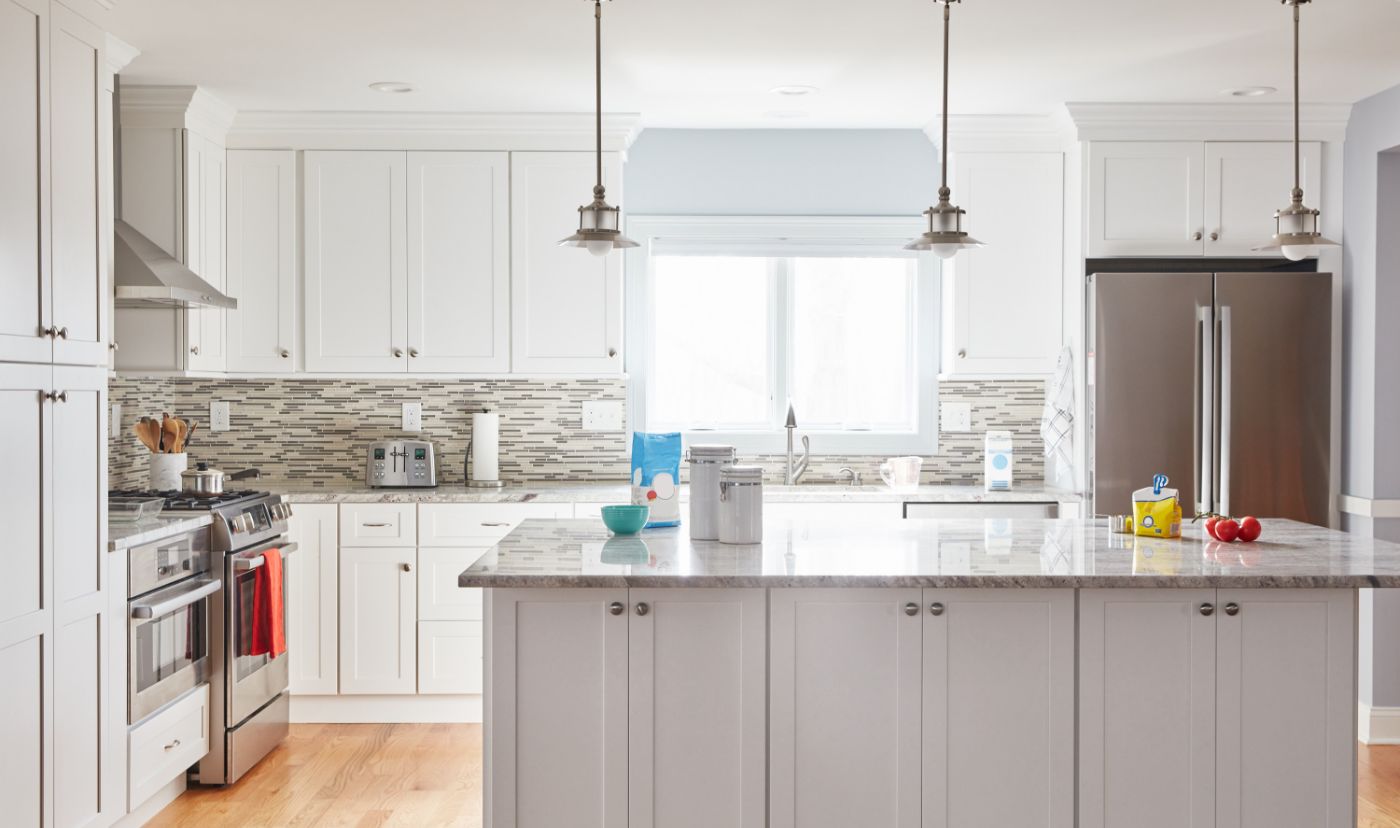Butcher Block Countertops: Top 10 FAQs Answered
When it comes to kitchen decor, butcher block countertops have been gaining popularity in recent years. These solid wood countertops add a touch of rustic charm to any kitchen, with their natural wood grain and warm colors. But what exactly are butcher block countertops, and why are they becoming such a popular choice for homeowners? In this blog, we will explore everything you need to know about butcher block countertops, from their materials and durability to their maintenance and functionality. Get ready to have your top 10 FAQs about butcher block countertops answered!
Understanding Butcher Block Countertops
Butcher block countertops, also known as solid wood countertops, are made by fusing together hardwood pieces to create a durable and stylish surface. The blocks of wood, usually maple, walnut, cherry, or birch, are laminated together to form a thick slab, which is then sanded and sealed with food-safe oils. The result is a stunning countertop with a unique grain pattern and a warm, natural look that adds rustic charm to any kitchen decor.
Butcher block countertops are loved for their functionality as well as their aesthetic appeal. They provide a sturdy and practical surface for cutting, chopping, and food preparation. The edge grain and end grain construction of butcher block countertops offer durability, making them an excellent choice for homeowners seeking both style and functionality in their kitchen countertops. Professional installation is recommended to ensure the longevity and functionality of butcher block countertops.
Top 10 FAQ of Butcher Block Countertops
It’s not uncommon for homeowners to have questions before investing in butcher block countertops. Here are the top 10 frequently asked questions about butcher block countertops, answered:
1. What is a Butcher Block Countertop Made Of?
Butcher block countertops are crafted from hardwoods like maple, oak, and walnut. These durable surfaces are made by laminating the wood together, which is then sanded and sealed with food-safe oils for protection. While they can be used for cutting and chopping food, regular maintenance is necessary to prevent damage.
2. How Does a Butcher Block Countertop Compare to Other Types of Countertops in Terms of Durability and Maintenance?
Compared to other types of countertops, butcher block countertops are generally more durable. Although they can be prone to scratches and dents, these can often be sanded out. Regular maintenance, such as oiling and sealing, is required. Additionally, butcher block countertops are more affordable than stone or solid surface options and can add warmth to a kitchen.
3. Can a Butcher Block Countertop be Used as a Cutting Surface?
A butcher block countertop is indeed suitable for use as a cutting surface. However, proper maintenance is crucial to prevent bacterial growth. Regularly oiling the surface and cleaning it with warm soapy water will help maintain its integrity. It’s advisable to use a cutting board for raw meats to avoid direct cutting on the surface.
4. How Often Should I Oil My Butcher Block Countertop?
To maintain the quality and durability of your butcher block countertop, it is recommended to oil it every 3-6 months. Use a food-grade mineral oil or a mixture of mineral oil and beeswax for the best results. Apply a thin layer and let it soak in before wiping off any excess. Regular oiling helps prevent drying, cracking, and warping.
5. Are There Any Food Safety Concerns With Using a Butcher Block Countertop?
When it comes to using a butcher block countertop, there are indeed some food safety concerns to keep in mind. Regular cleaning and sanitizing of the surface is crucial to prevent bacterial growth. To avoid cross-contamination, it’s best to avoid cutting raw meat directly on the countertop. Additionally, regularly oiling the countertop can help protect it from moisture and bacteria.
6. How do I Care for My Butcher Block Countertop?
To ensure the longevity of your butcher block countertop, regularly clean it using mild soap and water. After cleaning, make sure to dry it thoroughly to prevent moisture damage. Applying food-grade mineral oil or beeswax every few weeks will protect it from drying out. Avoid exposing the countertop to extreme temperatures or prolonged water exposure.
7. What Are The Benefits of Choosing a Butcher Block Countertop Over Other Materials?
When it comes to kitchen countertops, choosing a butcher block option offers several advantages. Not only are they affordable compared to materials like granite or quartz, but they are also durable and can last for years with proper maintenance. Additionally, butcher block countertops are eco-friendly and provide a natural, warm look to your kitchen. They can even be sanded down and refinished to remove any scratches or stains.
8. Can a Butcher Block Countertop be Used in a Kitchen or Bathroom?
Butcher block countertops are versatile and can be used in both kitchens and bathrooms. It is important to properly seal and maintain them to prevent water damage. With their warmth and natural beauty, butcher block countertops are a popular and affordable choice for any space.
9. What is The Average Lifespan of a Butcher Block Countertop?
The lifespan of a butcher block countertop can vary depending on the wood type and maintenance. With proper care, it can last for decades. Some woods like maple are more durable. Regular oiling and sealing help extend its lifespan.
10. What are Some Common Misconceptions About Butcher Block Countertops?
Common misconceptions about butcher block countertops include the belief that they are difficult to maintain and not durable. Some also think they are unsuitable for high-moisture areas like kitchens. However, with proper maintenance and sealing, butcher block countertops can be beautiful and functional additions to any kitchen.
Conclusion
In conclusion, butcher block countertops offer a unique combination of beauty, durability, and functionality for your kitchen or bathroom. They are made from high-quality wood and can withstand daily use with proper care and maintenance. With regular oiling, they can last for many years and develop a rich patina that adds character to your space. Unlike other types of countertops, butcher block countertops can also be used as a cutting surface, making them a versatile choice for food preparation.
However, it’s important to follow proper food safety guidelines when using them. Overall, choosing a butcher block countertop is a wise investment that will enhance the aesthetic appeal and functionality of your space for years to come.





